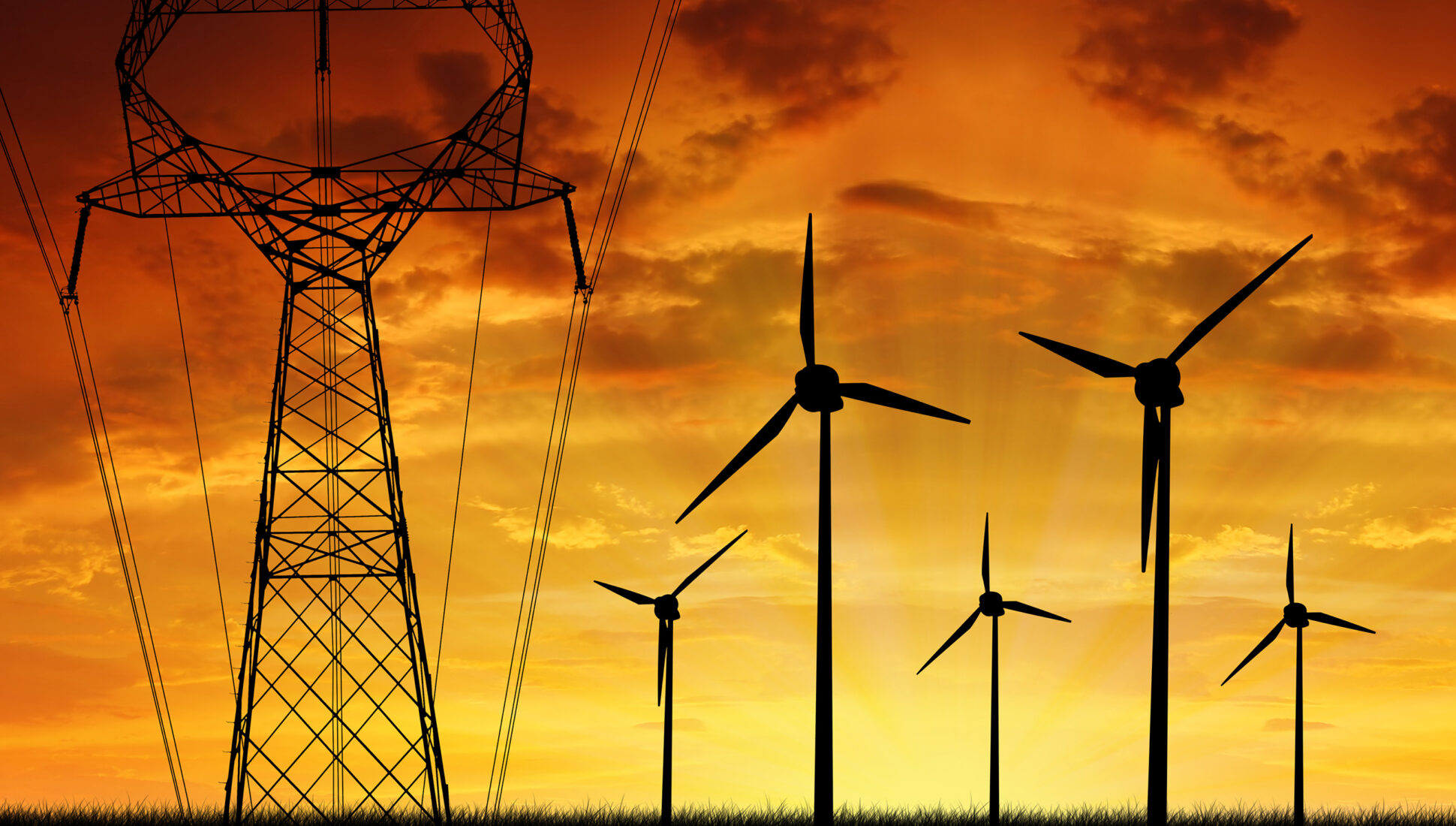
Wind turbines with power line in the sunset
In a world seeking to add renewable energy resources, the United States faces persistent challenges in its efforts to expand and upgrade its electrical grid. These obstacles include outdated infrastructure, inadequate long-distance transmission capabilities, a lack of planning and coordination among states, regulatory hurdles, and vulnerabilities to extreme weather events and cyberattacks. Despite these challenges, grid modernization and investment efforts offer hope for integrating new energy sources into the nation’s power grids.
The existing grid infrastructure struggles to accommodate long-distance transmission of renewable energy, particularly from resource-rich areas to population centers. This limitation impedes the scaling-up of renewable projects and the realization of their full potential.
Another significant barrier is the lack of transmission planning and coordination among states and regions. The absence of a comprehensive strategy hampers the integration of renewable energy projects into the grid, causing delays, inefficiencies, and bottlenecks. In addition, regulatory and permitting hurdles often hinder the development of transmission lines, exacerbating the grid’s challenges.
Boosting production from renewable energy sources is crucial for combating climate change and addressing the grid’s limitations and bolstering its resilience is imperative. By overcoming these obstacles and fostering a robust, modern grid infrastructure, the US can unlock the full potential of all its energy resources and achieve a sustainable future.
Share This
